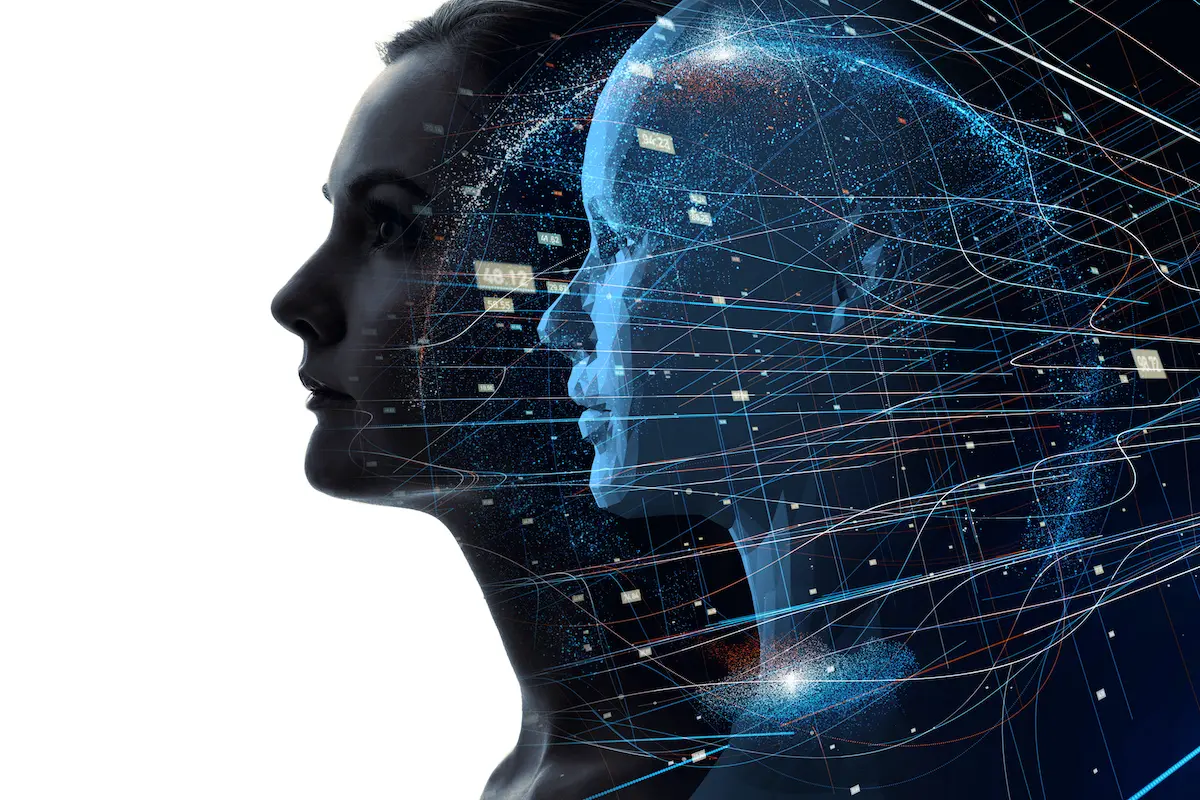A decade may sound like a long time, but it can be over in the blink of an eye. Ten years can be enough time for technologies to mature and change. With all the current innovations that we have, it will be interesting to see how they would affect most businesses. It is possible to take a peek at what the future could bring. All we need to do is look at what is available right now and base our predictions around them. Here are three scenarios on how tomorrow’s businesses will handle some situations.
A Day At Work
When Alice up in a decade from now, she isn’t in a hurry to go to work. This is because today is her work-from-home day. Acceptance for working from home is understandable after the disruptions caused by the pandemic. While many companies went into work-from-home with hesitation, the benefits of workers operating from their house became more obvious. Flexible schedules and increased productivity are just two of the incentives that companies have to support work-from-home.
While the pandemic is over, the momentum for working from home is still there. This mainly comes from a variety of sources. From employees, they like the freedom that remote working gives them. Surveys show that it can contribute to employee satisfaction. Employers, on the other hand, are looking at the bottom line. Most remote workers are responsible for their equipment and their internet access. This means that companies are not paying for it. They also don’t have to pay large rents for enormous offices.
Alice still does have to go to the office but not every day. Staying connected with the wider company is important to ensure loyalty. But instead of full-time office attendance, she goes every other workday in a shifting schedule. This allows the company to use half the space they need for their number of employees. What she mainly does at the office is training and connecting with other employees.

A Day With Customers
Dennis is one of the few workers that have to go to work. This is because he works in retail, and there is nothing like a personal touch. While people love using online stores for convenience, brick-and-mortar stores provide an experience that people like to visit.
When Dennis comes up to assist a customer, he will have all the information he needs. He might be wearing smart glasses. The technology is set to mature and allows for hands-free computing that is perfect for a sales rep. With the help of big data and facial recognition, Dennis will be able to recognize whether the customer is a regular or a new one. This will help them adapt their sales pitch to them. If they are regulars, Dennis has access to their purchasing information, and he can use this to ask them about what they enjoyed about the previous items they bought.
For Dennis, help is a simple button away. If he needs the help of a manager or wants an inventory check, he can use the tablet he carries to contact the appropriate people.
A Day At The Warehouse
Kevin also works in person, but he doesn’t interact with people. He works at his company’s warehouse and manages the inventory. The difference ten years from now is that he isn’t the one stacking all the products on shelves and getting them back. That is exactly what are cobots used for. This isn’t new since Amazon, and other online retail giants are using robots on a massive scale already. The difference that a decade makes is that every company is using them.
The impact of automation in the supply chain is incredible. Products can go from the production line to the customer’s hands with minimal human interaction. This is done with the use of QR labels and AI so that each item is tracked down to the last centimeter. Kevin can pull up the records, and he can trace the journey of every product that enters and leaves his warehouse.
Kevin’s main job is not to look after the inventory. He is there to ensure that the robots are working at their best. He is also there to double-check things and ensure that everything is fine. Kevin is probably one of the few humans who work at the warehouse, with most of the work done by robots and computers.
These scenarios are all possibilities that reveal how various technologies thst are in development could change how people do business. The only thing that we can be sure of is that the businesses of tomorrow will do things a lot differently.


